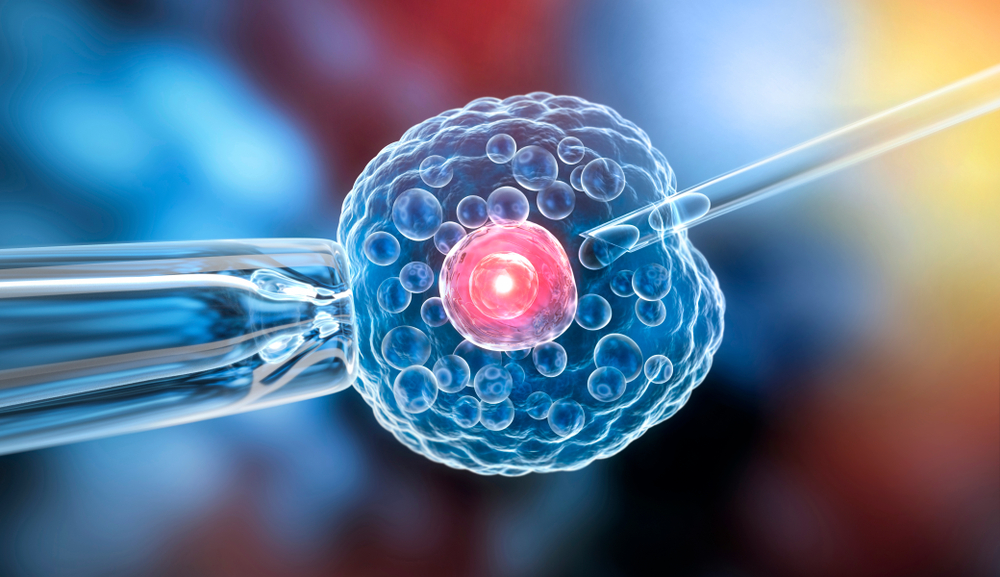Newsletter Signup - Under Article / In Page
"*" indicates required fields
By Richard Hammond, chief technical officer at Sphere Fluidics
Single-cell microfluidic-based techniques continue to be a key enabling technology for cell engineering as they allow true single-cell level working, with the associated precision of measurement and control of environment, and a high level of automation, enabling the speed and scale necessary to process and search large populations.
Single-cell approaches started over a decade ago with research into single-cell gene analysis and the creation of core assay, fluidic and optical techniques to profile single cells at the genomic, proteomic, and phenotypic levels. The first commercial products appeared in the mid 2010s, bringing increasing levels of automation and ease of use to single-cell analysis methods.
Companies such as RainDance, 10X Genomics, Sphere Fluidics, Berkeley Lights and Mission Bio were at the forefront of this new approach.
The last few years has seen the field extend in two interesting directions.
From research to development and manufacture – and from cell line to ATMP
As the technology and tools have matured, single cell methods have moved from being research tools to a core technology supporting development and manufacture of therapeutics. High-throughput single-cell systems are now used to identify and isolate specific cell lines with desired characteristics in applications, such as antibody discovery. Over the last few years, this has been further driven by changes in regulation; focusing on provenance of cell lines used for manufacture and demonstrating monoclonality.
The ability provided by single-cell microfluidics to provide traceability of a cell line back to true single clone has further driven their adoption beyond research.
During 2022, this trend into manufacture continued, for example applying single-cell analysis into quality control for cell therapy products, particularly critical quality attributes such as vector copy number which needs cell-by-cell quantification.
It is also interesting to note the application of the technology into advanced therapy medicinal products (ATMPs) where the cells being handled by the microfluidics form the therapeutic dose supplied to the patient, rather than a part of a manufacturing process.
In 2023, we will see continued application of the technology into manufacture and QC, particularly for ATMPs. The bottlenecks in viral vector production for cell therapy is a particular area where the knowledge gained using single-cell microfluidics will be applied to scale manufacture.
Applying single-cell microfluidics for processes such as transfection and stem-cell differentiation are other areas where the technology will be increasingly applied into cell and gene therapies.
Single-cell microfluidics beyond mammalian cells
Single-cell microfluidics is now starting to impact biotech beyond mammalian cells and human health. The tools and methods developed are now being applied to plants and micro-organisms (fungi and bacteria). In particular, single-cell microfluidics methods align very well with synthetic biology approaches, where organisms are deliberately engineered for a specific phenotype, typically increased expression of high-value enzymes and metabolites.
In 2023, an area to watch will be integration of single-cell microfluidics with non-optical characterization methods such as mass spectroscopy and electrical impedance. This will allow real-time identification and selection of individual cells based on a plethora of new characteristics, not just fluorescence derived from a specific binding event.
Richard Hammond is chief technical officer at Sphere Fluidics. He is responsible for R&D, managing the development of their science and technology.
Partnering 2030: FME Industries Report







